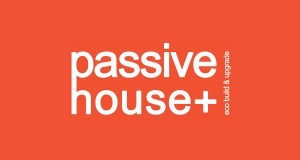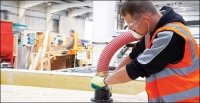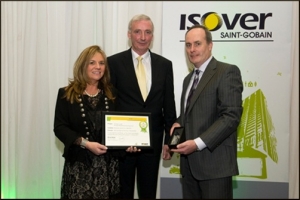- Opinion
- Posted
Electronic recycling

“Electrical waste is one of the fastest growing waste streams in Ireland. It is a source of valuable materials which can readily be recycled and which we must divert from landfill”, Minister Martin Cullen, 19 February 2003.
-
The WEEE directive.
-
The RoHS (Restriction of Hazardous Substances) directive.
- The EuE (framework for Ecodesign of End Use Equipment) directive.
There has been unprecedented growth in the market as we become increasingly reliant on electrical and electronic goods. The growth in sales of personal computers alone in Ireland has an annual growth rate of 20-30% thanks to the rapid technological changes and consequential average 5 year computer life spans. There has also been an increase in general electrical household items due to Irelands housing boom over the past number of years and the growth of disposable income.
ENVIRONMENTAL CONSEQUENCES
Apart from the fines that will be levied if we do not reach our WEEE recycling targets, Ireland has to address its over reliance on the use of landfills as a method of waste management. Before the 1990’s most WEEE was disposed of in landfills along with our municipal waste stream. Its hazardous nature make it a very dangerous potential polluter as it contains noxious substances such as lead, cadmium and CFC’s (chloro-fluorocarbons).
INDUSTRY
There are approximately 20 companies in the country recycling WEEE. These vary from companies processing metal rich products like kitchen appliances to specialists who process televisions and computers who may seek to refurbish the product for resale.
The objective of the directive on WEEE is to “to protect soil, water and air from pollution, and to reduce the harmfulness of WEEE”. It is hoped to encourage manufactures to implement more environmentally conscious designs, promoting the substitution of hazardous substances.
The objectives can only be met if everyone disposing of WEEE does so in a responsible manner. People must handle their waste goods carefully as recycling firms cannot reuse badly broken equipment. A recent EPA survey found that items containing hazardous substances like florescent light bulbs and refrigerators are often broken before reaching the stage where the dangerous substances can be disposed safely. Many items can be refurbished and reused allowing for greater profitability within the industry.
IRELAND AT PRESENT

It is accepted that Ireland’s domestic recycling levels are poor, standing at just 7%. The Government must provide the funding for awareness campaigns to the general public to teach people the problems of WEEE.
At present the Minister for the Environment and Local Government, Mr Martin Cullen T.D., in co-operation with IBEC, has established a Task Force to draw up proposals for implementing the Directives. ‘The goal of the task force, which consists of a wide range of experts from the manufacturing and retailer sectors, central and local government, and the EPA, is to develop an efficient system for the management of electrical waste in Ireland and to ensure the use of hazardous materials in electronic components is restricted.’
- Electronic Recycling
- Electrical waste
- Waste from Electronic & Electrical Equipment
- collection and recycling
- WEEE
- recycled computers electronic equipment
- sustainable
Related items
-
 World's first passive house office tower certified
World's first passive house office tower certified -
 Circulation & readership: our approach explained
Circulation & readership: our approach explained -
 Cygnum innovation cuts costs on closed panel cellulose
Cygnum innovation cuts costs on closed panel cellulose -
 Passive house scheme wins Isover Energy Efficiency Award
Passive house scheme wins Isover Energy Efficiency Award -
Termites trump human know-how on green building
-
New Irish passive house association launched in Dublin
-
RIAI host one day course on home energy upgrades
-
Opinion
-
Solvent green
-
Past perfect
-
Measured efforts
-
Sustainable bioplastic won't biodegrade

